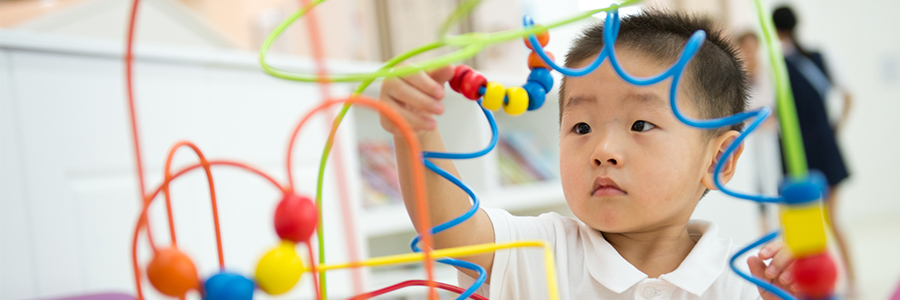Hand & Foot Differences - Pediatric

There are many forms of congenital hand and foot anomalies, and we have listed some of the most common. For further consultation, please make an appointment with one of our pediatric plastic surgeons.
Syndactyly occurs when there is fusion between two digits side by side. This can occur in the feet or hands, and there is large variety in the individual level of fusion. Digits can be joined by either skin or bone.
Polydactyly is the presence of extra digits. They can vary from a simple skin tag to being an almost completely developed finger. This can occur on the pinkie side (which is more common) and on the thumb side on the hand. Cases can range from small skin tags to complete fingers with a nail bed and bone. Sometimes on the thumb, polydactyly will occur as two complete thumbs joined at the base, halfway up or just split at the tip.
There is no known cause of syndactyly or polydactyly. Although there seems to be a family hereditary component to some cases, the majority are isolated. Other birth abnormalities can occur simultaneously, but generally this isn’t associated with any one syndrome.
Surgical correction is usually required for both syndactyly and polydactyly.
Syndactyly requires separation of the digits and then skin grafting to the area where there is not enough skin. In more complicated cases where there is also bone fusion, further separation of the bone is necessary with additional soft tissue rearrangement.
Polydactyly usually requires a quick surgery to ensure that the nerve and artery running to the finger are removed. Failure to remove the nerve can result in a painful bump that can lead to problems later in life (for example when writing, if the extra digit was on the pinkie side of the hand).
For more information about hand surgery, refer to the American Society of Plastic Surgeons website.
NOTE: The previous descriptions and notes are intended to give an overview and are not at all comprehensive. Should you have any questions or concerns, please do not hesitate to contact the UK Department of Pediatric Plastic Surgery for a clinic consultation.
